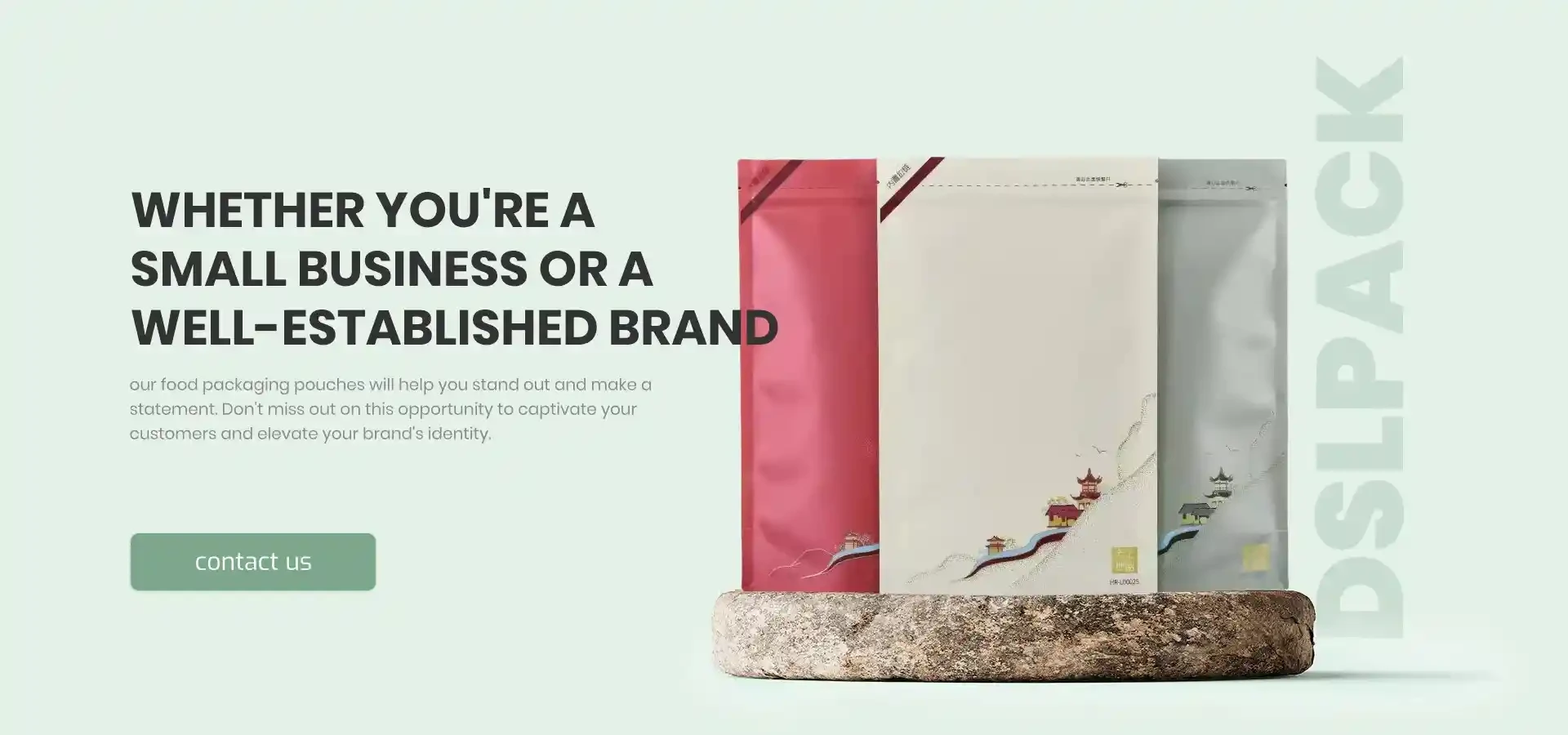- Afrikaans
- Albanian
- Amharic
- Arabic
- Armenian
- Azerbaijani
- Basque
- Belarusian
- Bengali
- Bosnian
- Bulgarian
- Catalan
- Cebuano
- chinese_simplified
- chinese_traditional
- Corsican
- Croatian
- Czech
- Danish
- Dutch
- English
- Esperanto
- Estonian
- Finnish
- French
- Frisian
- Galician
- Georgian
- German
- Greek
- Gujarati
- haitian_creole
- hausa
- hawaiian
- Hebrew
- Hindi
- Miao
- Hungarian
- Icelandic
- igbo
- Indonesian
- irish
- Italian
- Japanese
- Javanese
- Kannada
- kazakh
- Khmer
- Rwandese
- Korean
- Kurdish
- Kyrgyz
- Lao
- Latin
- Latvian
- Lithuanian
- Luxembourgish
- Macedonian
- Malgashi
- Malay
- Malayalam
- Maltese
- Maori
- Marathi
- Mongolian
- Myanmar
- Nepali
- Norwegian
- Norwegian
- Occitan
- Pashto
- Persian
- Polish
- Portuguese
- Punjabi
- Romanian
- Russian
- Samoan
- scottish-gaelic
- Serbian
- Sesotho
- Shona
- Sindhi
- Sinhala
- Slovak
- Slovenian
- Somali
- Spanish
- Sundanese
- Swahili
- Swedish
- Tagalog
- Tajik
- Tamil
- Tatar
- Telugu
- Thai
- Turkish
- Turkmen
- Ukrainian
- Urdu
- Uighur
- Uzbek
- Vietnamese
- Welsh
- Bantu
- Yiddish
- Yoruba
- Zulu
High Impact Polystyrene Properties and Applications in Modern Industries
Understanding High Impact Polystyrene (HIPS) and Its Applications
High Impact Polystyrene (HIPS) represents a significant innovation in the field of polymer technology, providing exceptional versatility and utility across various industries. This thermoplastic material combines the lightweight nature of polystyrene with enhanced toughness and durability, making it a preferred choice for applications demanding both impact resistance and ease of processing.
What is HIPS?
High Impact Polystyrene is produced by the polymerization of styrene, followed by the incorporation of rubber modifiers to improve its impact strength. This modification allows HIPS to absorb energy upon impact, reducing the likelihood of shattering or breaking, which is a common drawback with standard polystyrene. The rubber particles dispersed throughout the polymer matrix serve as a cushion, enabling HIPS to withstand mechanical stresses better than its non-modified counterpart.
Key Properties of HIPS
1. Impact Resistance The most prominent feature of HIPS is its high impact resistance, which makes it ideal for applications where toughness is a necessity, such as in automotive components, consumer goods, and electronic enclosures.
2. Thermal Stability HIPS displays good thermal stability, allowing it to maintain its shape and properties under varying temperature conditions, thus making it suitable for applications involving heat.
3. Ease of Fabrication HIPS can be readily processed through conventional techniques such as injection molding, extrusion, and thermoforming. This ease of fabrication enhances its applicability in manufacturing, allowing for intricate designs and shapes.
4. Surface Finish The material offers a smooth surface finish, which is aesthetically pleasing and helps in applications where appearance is important. It can also be easily painted or printed on, further enhancing its usability in consumer products.
5. Cost-Effectiveness HIPS is an economical choice for manufacturers, blending affordability with quality, thus making it a favored material in many industries.
Applications of HIPS
polystyrene high impact hips

Due to its unique combination of properties, HIPS finds use in a wide array of applications, including
- Consumer Products Many household items, such as toys, containers, and kitchenware, leverage the impact resistance and durability of HIPS, making them safer and longer-lasting.
- Automotive Industry HIPS is utilized in interior and exterior automotive applications, including dashboard components and trim pieces, where robustness and light weight are crucial.
- Electronics In the electronics sector, HIPS is used to manufacture casings and housings that protect sensitive components while providing an appealing finish.
- Medical Devices The impact resistance and sterility of HIPS make it a suitable material for certain medical device applications, ensuring safety and reliability in healthcare settings.
- Building and Construction HIPS is used for signage, window frames, and various architectural elements due to its durability and aesthetic qualities.
Environmental Considerations
As with many plastics, the environmental impact of HIPS is a concern. Efforts are being made to improve the sustainability of HIPS through recycling initiatives and the development of biodegradable alternatives. The recycling of HIPS can help reduce waste and decrease the burden on landfills, providing a pathway for more sustainable material usage.
Conclusion
High Impact Polystyrene has carved a niche in numerous sectors, thanks to its tailored properties that meet specific industry needs. Its combination of toughness, processability, and cost-effectiveness positions HIPS as a leading material in the plastic industry. As technology advances and environmental concerns grow, ongoing research into improving the sustainability of HIPS and its applications will play a crucial role in shaping its future in a rapidly changing world. By embracing innovative approaches and focusing on responsible material usage, manufacturers can continue to exploit the benefits of HIPS while contributing to a more sustainable future.













